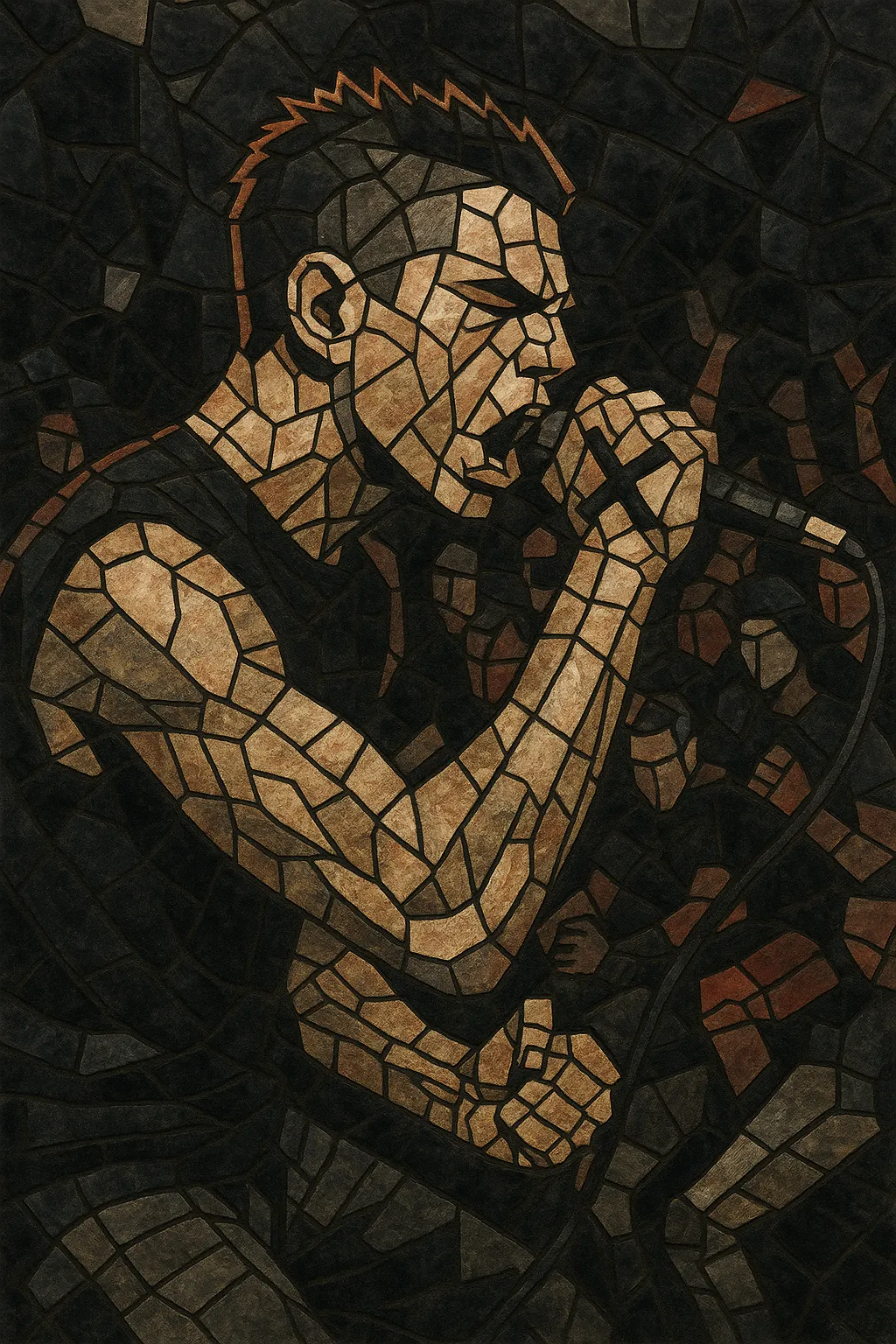
Straight edge is a strain of hardcore punk defined as much by its ethical stance as by its sound. The term comes from Minor Threat’s 1981 song "Straight Edge," which rejected alcohol, tobacco, and recreational drugs, and often extended to promiscuity, gambling, and later to vegetarianism/veganism.
Musically, straight edge bands play fast, compact hardcore marked by urgent tempos, shouted lead vocals, gang-chorus hooks, and breakdowns built for stage dives and pile-ons. Guitars use tight, mid-to-high gain power-chords with minimal solos, while drums favor skank beats and brisk two-steps. Lyrically, songs emphasize self-control, personal responsibility, community, and social awareness, delivered with a positive, motivational tone even when confronting anger or injustice.
Aesthetically, the movement adopted DIY ethics and recognizable symbols—most famously the “X” on hands—reflecting an all-ages, alcohol-free show culture and a commitment to sober spaces within punk.
Straight edge emerged in Washington, D.C., USA, at the core of the early U.S. hardcore scene. Minor Threat’s 1981 track "Straight Edge" articulated a sober, self-disciplined alternative to the hedonism associated with rock culture. The D.C. hardcore community—DIY venues, all-ages shows, and a tight ethical focus—provided the initial blueprint.
The idea rapidly spread to Boston and New York. In Boston, bands like SSD and DYS connected straight edge to the tough, fast USHC sound. In New York, the "youth crew" wave (Youth of Today, Gorilla Biscuits, Bold, Chain of Strength, Judge) codified a positive, high-energy hardcore marked by gang vocals, crew culture, athletic stage presence, and anthemic slogans. The "X" on hands symbolized alcohol-free, all-ages participation.
In the 1990s, straight edge intersected with heavier styles, influencing early metalcore and giving rise to more militant currents. Earth Crisis pushed vegan straight edge with metallic riffing, breakdowns, and animal rights/eco-activist lyrics. Related offshoots included krishnacore (Hare Krishna–aligned hardcore) and controversial hardline factions that advocated strict moral codes. Regional scenes (e.g., Belgium’s H8000) fused sXe ethics with heavy, technical hardcore/metal.
The 2000s saw revivals with bands like Have Heart, alongside scenes in Europe, Latin America, and Asia adopting the ethics and sound. Social media and independent labels consolidated a global sXe network while keeping the core: DIY shows, sober community, concise, impactful songs, and lyrics about integrity and solidarity. Contemporary straight edge continues to influence emo, screamo, melodic hardcore, and metalcore, while retaining its own identity.
Straight edge is inseparable from its visual and social codes: DIY flyers, zines, the "X" symbol, vegan outreach tables at shows, and a strong emphasis on mutual support. Despite internal debates over militancy versus inclusivity, the genre’s lasting legacy is a blueprint for ethical, community-driven punk.

